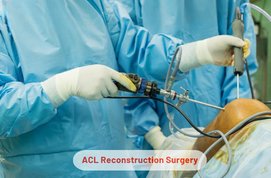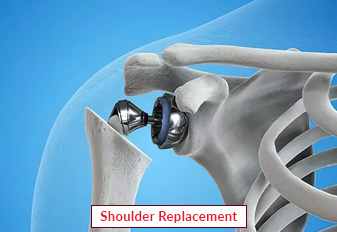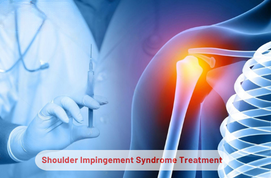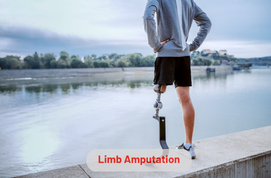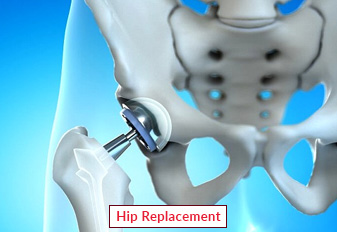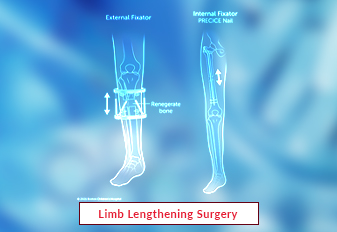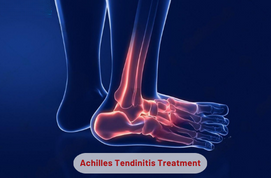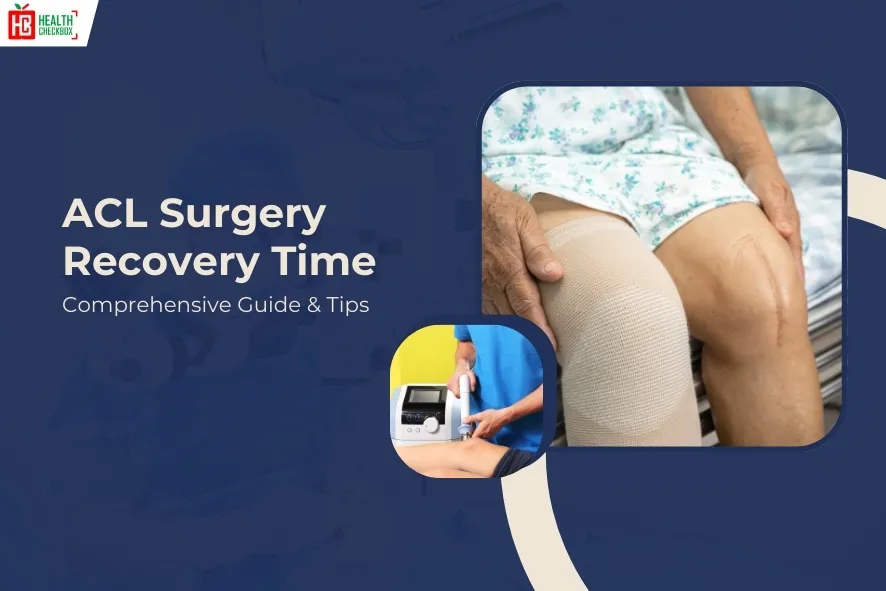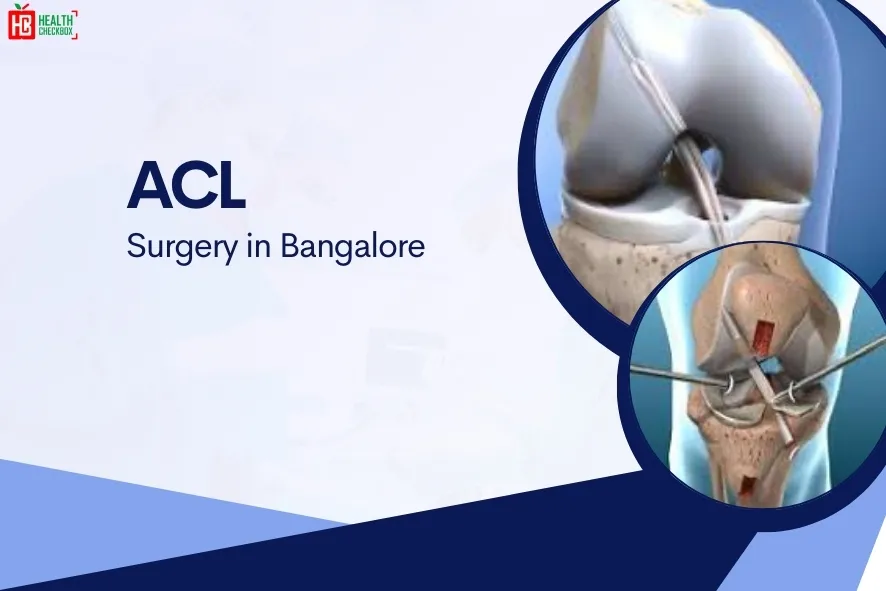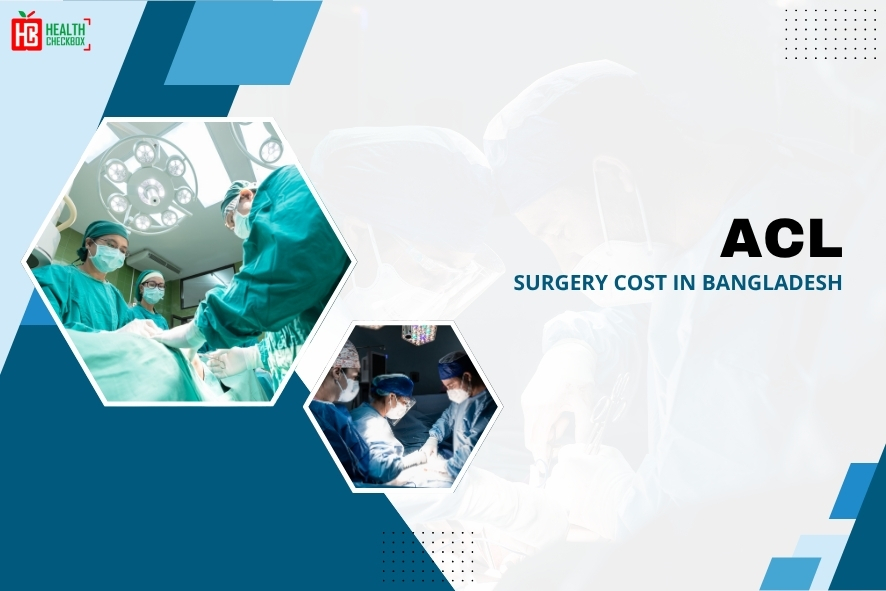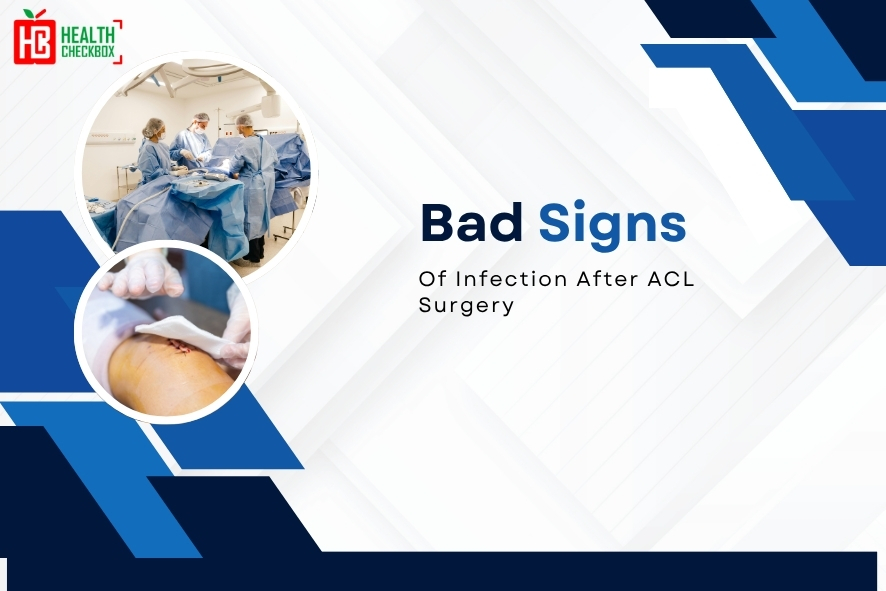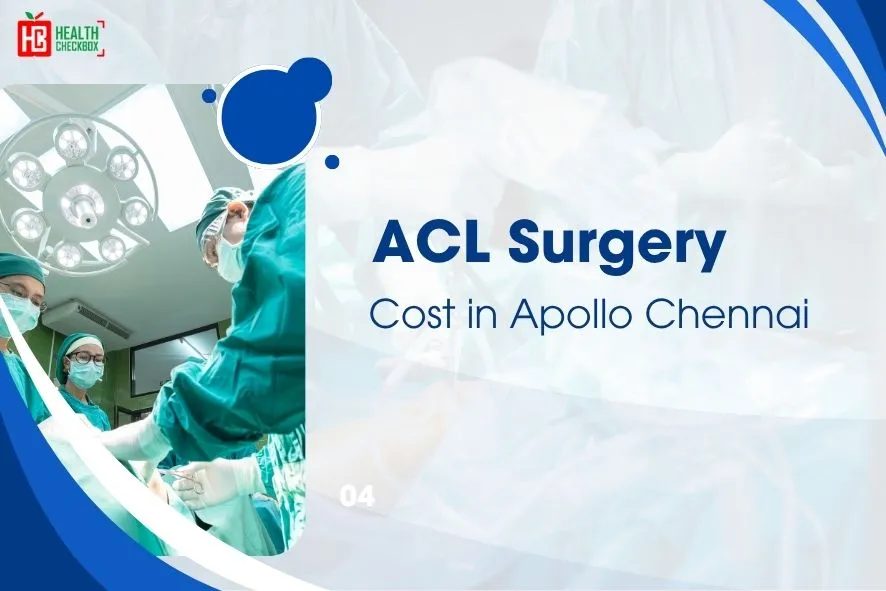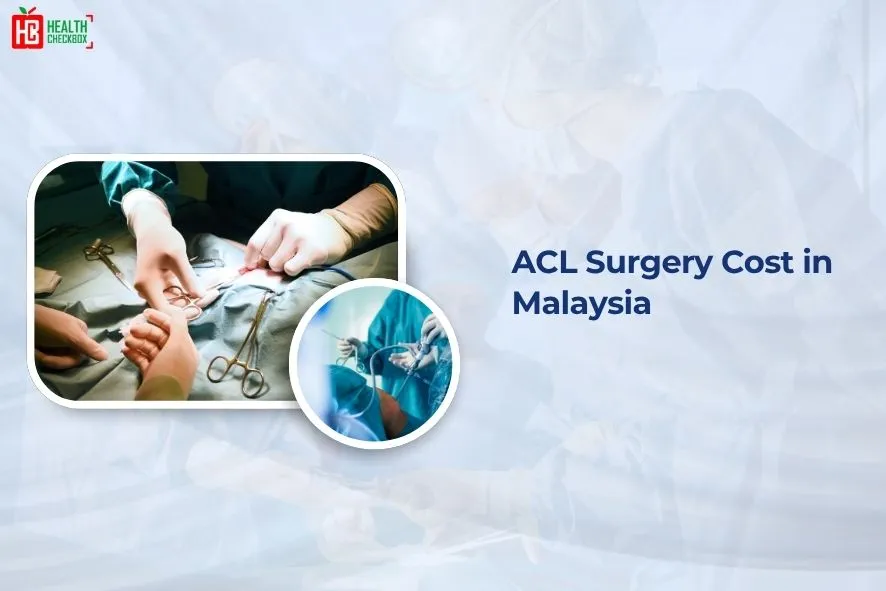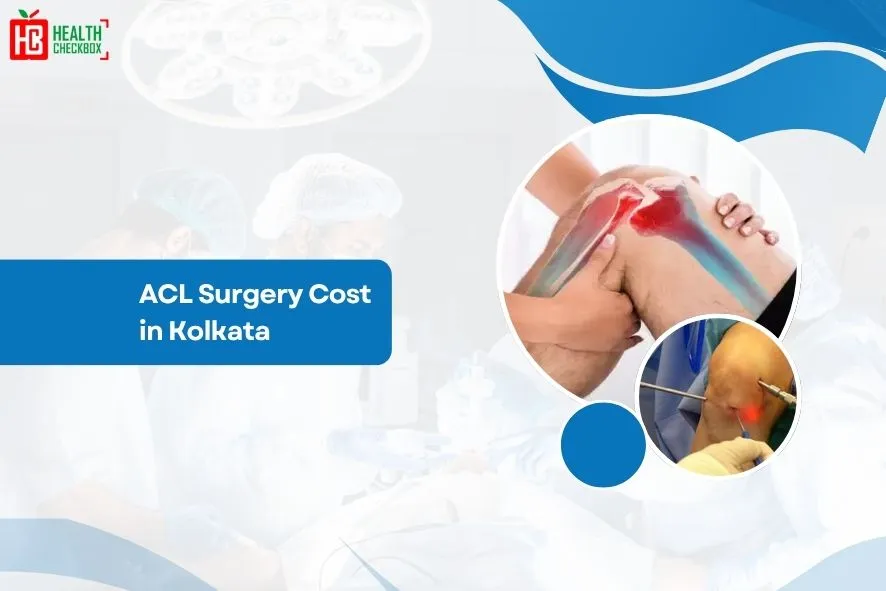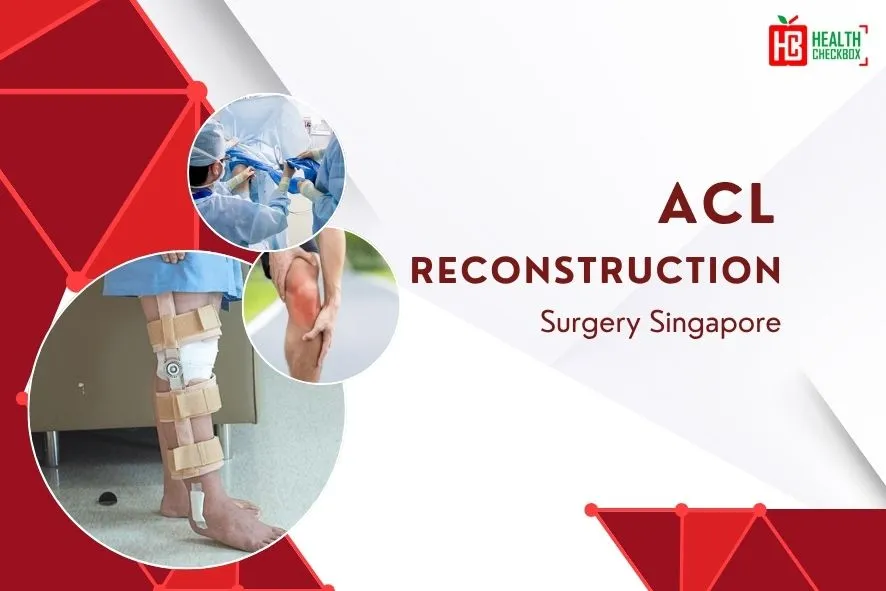Men and women who are suffering from a torn Anterior Cruciate Ligament (ACL) are mainly suggested for reconstruction surgery. This problem occurs due to development of injuries on the knees. It mainly happens during sports activities, car accidents, and falls. This leads to different symptoms such as popping sensation, rapid swelling, etc.
ACL reconstruction surgery is a procedure that is mainly useful for the stabilization of the knee joint. It is a minimally invasive approach that involves the replacement of a torn ACL with a graft. This surgery can be performed through an arthroscope as well as different surgical instruments. It is recommended as a better option than posterior cruciate ligament in certain conditions.
Types of ACL Reconstruction Surgery
This surgical procedure is of three kinds. These include the following:
- Autograft Surgery: It involves a tissue graft to repair an ACL torn in the knees from the patient’s body.
- Allograft Surgery: Some patients will be beneficial for this approach when their cartilage and bone are damaged. It generally requires a tendon, which is mainly inserted into the knee, for the treatment of this health condition.
- Synthetic graft Surgery: The synthetic materials are used for the replacement of a damaged ACL. It is a less common approach, which might be considered when other options associated with natural tissues are not helpful for persons.
Benefits of ACL Reconstruction Surgery
The advantages of this surgery are as follows:
- It protects from damaging the cartilage in the knees.
- This surgery prevents meniscus, which is positioned between the ends of a tibia and femur
- It reduces pain and swelling and prevents ACL injury.
- It improves mobility and helps the patient to feel stronger and confident.
Risks & Complications of ACL Reconstruction Surgery
There are several complications associated with this surgical procedure. These include the following:
- Breathing problem
- Pain, stiffness, and weakness in knee
- Damage in nerve or nearby blood vessel
- Ligament failure
- Bleeding and infection
- Clotting of blood in the leg
Procedure of ACL Reconstruction Surgery
Before Procedure
The following things that can be expected during the surgical procedure. These include the following:
- Ibuprofen, aspirin, etc, are some medication that must be prohibited for both male and female patients. These medications can cause bleeding and become harmful for them.
- The diagnostic tests might be required for physical examination. It may be a CT scan, MRI scan, etc.
- Comfortable and loose-fitting cloth must be brought into a healthcare department since the health complications might occur after the surgery.
- Smoking and alcohol must be problematic for the patients. Therefore, they are suggested to avoid these harmful things.
- It is essential for patients to fast for a few days. They might feel nauseous when they start eating or drinking and create different health issues during the surgery.
During Procedure
The steps that can be performed during the surgical procedure are as follows:
- A patient wears a hospital gown, and a general or spinal anesthesia will be given to him or her.
- An intravenous injection will be applied on the arm to administer pain or sedative medicine.
- A surgeon selects a graft tissue to remove from the body.
- The small cuts are made to insert a thin tube with a camera known as an arthroscope.
- A doctor uses small tools to remove the damaged ACL and place a new graft with screws or other devices.
- After inserting a graft, a surgeon applies surgical staples and bandages on the incision.
After Procedure
The vital signs will be monitored into a recovery area. When they become normal, a patient can go home after the surgery.
After reaching home, he or she must begin their normal activities but avoid strenuous activities and heavy lifting objects. The crutches and knee braces might be required for a few weeks. They are mainly used for the protection of a new graft. A medicine might be required for pain or stiffness on the knees. If they are not managed, then consult with a healthcare provider.
What Conditions can be treated with this Surgical Procedure?
Individuals might be eligible for this surgery if they suffer from the following health issues. These are as follows:
- Torn meniscus
- Pain or instability in knee
- Cartilage damage
- Patellofemoral pain syndrome
- ACL injury
This procedure is not recommended for the management of severe arthritis, multiligamentous injuries, etc. A person must consult with a relevant doctor for the management of these health conditions.
Latest Health Tips
ACL Surgery Recovery Time: Comprehensive Guide & Tips
ACL Surgery in Bangalore
ACL Surgery Cost in Bangladesh
Bad Signs of Infection After ACL Surgery
ACL Surgery Cost in Apollo Chennai
ACL Surgery Cost in Malaysia
ACL Surgery Cost in Kolkata: Get Price Estimate
ACL Reconstruction Surgery Singapore
Submit Your Enquiry
Testimonials








